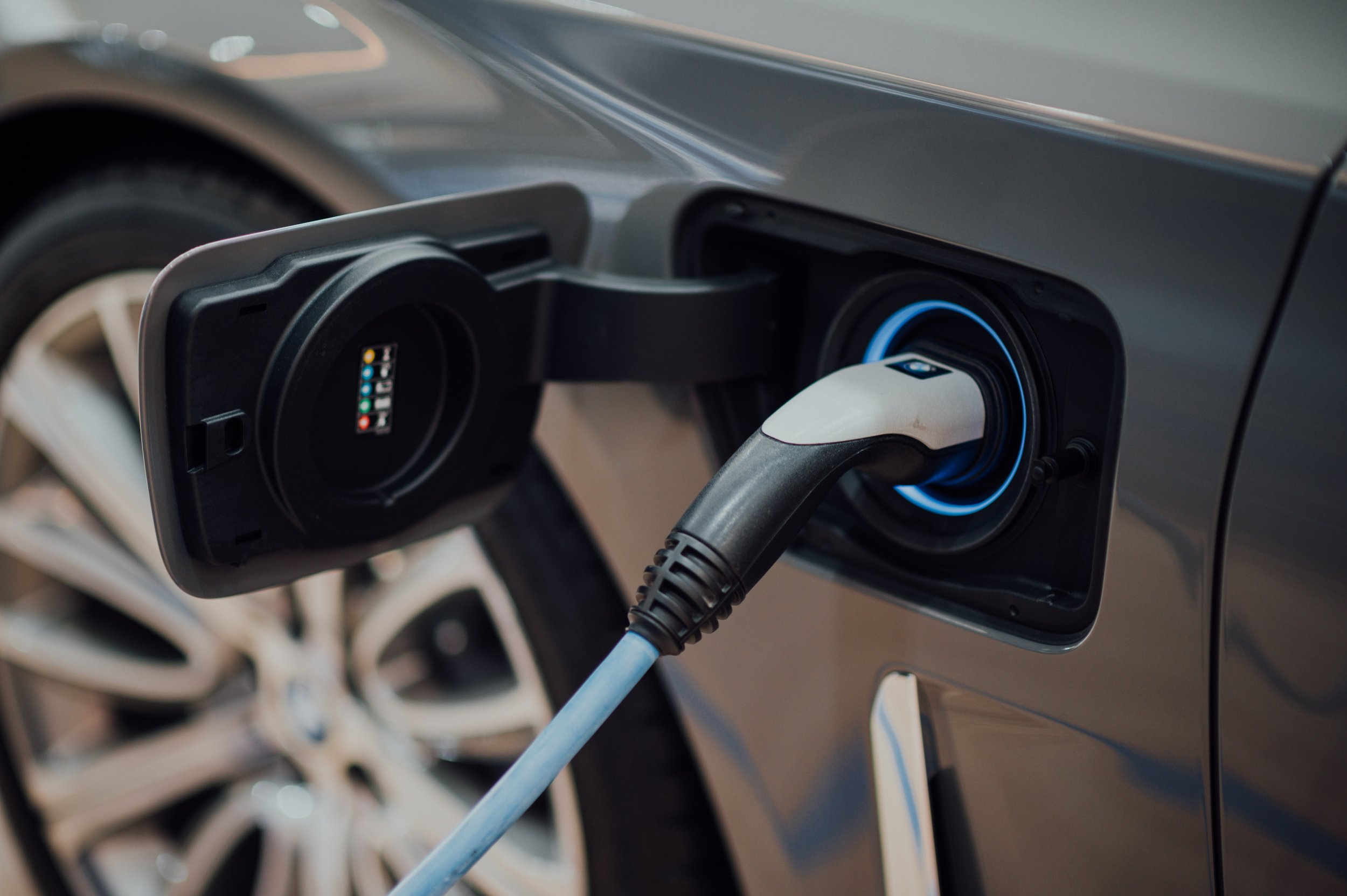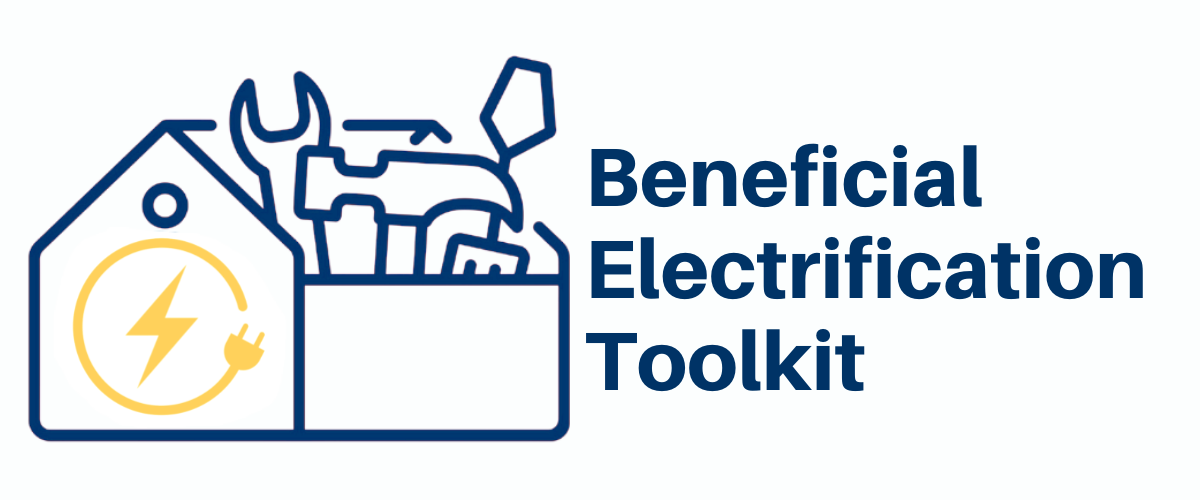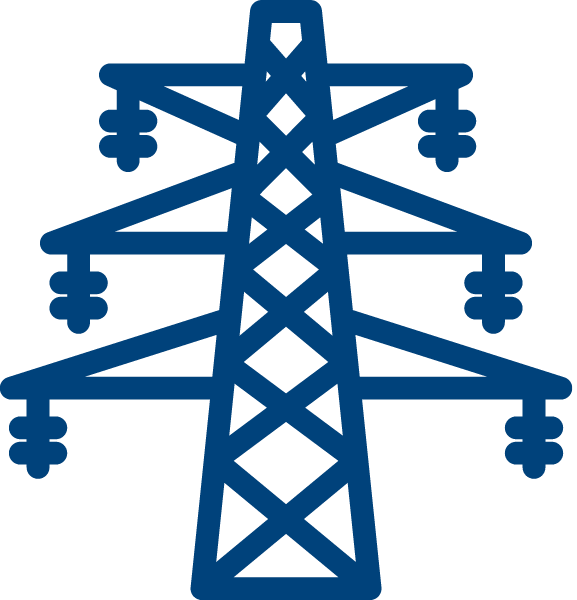
Building Electrification
Commercial Space Conditioning and Water Heating
Big Buildings, Big Savings
Scaled solutions for big customers are a great way to jumpstart an electrification program.
Commercial buildings rely on a wide range of heating, ventilation, and air conditioning (HVAC) and water heating systems that can deliver big cost savings from improvements in energy efficiency. Modern electrification technologies offer cost-effective alternatives to upgrade and replace boilers, hot water direct heating systems, and central chillers in a wide variety of commercial settings. By phasing out inefficient equipment and fossil fuels, commercial customers can look forward to realizing improved comfort and functionality while lowering their total energy consumption.
Utilities that are connected with their commercial clients may learn what sort of challenges and system replacements are on the horizon for their customers. Serving these large customers with opportunities to electrify can be a significant gain. Sometimes, simply checking with the utility account manager to see who might be a good commercial candidate for electrification is the best first step. Collaborating on an electrification solution that will deliver more stable fuel prices and improve operating efficiency for key accounts can be a major win-win.
Photo Credit: urbans/Shutterstock.com
All-In-One Comfort and Versatility
Variable refrigerant flow (VRF) diagram. Image Credit: Ferguson, the largest U.S. wholesale distributor of residential and commercial plumbing supplies and HVAC equipment including VRF
A primary advantage of electric heat pumps over equipment that runs on fossil fuels is that the same system can provide heating and cooling. Rather than installing and maintaining a natural gas furnace alongside an electric air conditioner, customers can simplify their space conditioning outlay with heat pump technology. Leading heat pump systems are rated to operate to -10°F and below. This versatility allows commercial clients in more diverse climates, especially colder regions, to invest in more efficient electric technologies. Variable refrigerant flow (VRF) heat pumps expand upon this versatility because of how many more zones can be served by a single system, making them an ideal fit for many commercial customers. VRF’s multizone flexibility can extend to providing simultaneous heating and cooling for separate zones.
Reliable heating and cooling for a utility’s business clients are especially important for hospitality and commercial office spaces. This video features a Chicago hotel showing off the benefits of its new VRF space conditioning system.
Commercial systems can range from single or multi-split systems for smaller buildings that host retail and restaurants to versatile VRF heat pumps for medium-to-large segmented commercial spaces, like offices and hotels. Large, complex buildings can often require a combination of both ducted and VRF heat pumps.
As with residential ductless mini-splits, VRF systems provide heating and cooling without ducting. This technology is suitable for retrofits in buildings that may not have ducting, such as historic properties. For example, Lewis County PUD in Washington chose VRF for the renovation of its 1940s-era offices because installing VRF met its criteria of staying in the building during installation: the system runs quietly, has sub-metering capability, and reduces the building’s overall carbon footprint.
Install Efficiency
A 2020 report from American Council for an Energy-Efficient Economy (ACEEE) found that with currently-available technologies, the electrification of commercial space heating would reduce greenhouse gas emissions by 36 million metric tonnes of CO2 per year — a 44% drop.
Utilities can support commercial customers with their emissions reduction goals by helping them transition away from fossil fuels for space conditioning and water heating. By working with them and demonstrating the energy- and cost-saving potential of efficient electrification on a wide scale, utilities can provide added value for key accounts.
Load Flexibility with Water Heaters
Commercial heat pump water heaters installed for California dormitories. Photo Credit: Nyle Systems
Modern water heaters are not just beneficial for the customer; when systems are networked together the utility can benefit, too. When equipped with grid-interactive devices, a network of aggregated electric resistance or heat pump water heater is capable of helping the utility stabilize the power grid through demand response. Larger commercial customers with electric water heating are one of the best opportunities to create win-win automated load flexibility. This can help address capacity concerns at times of peak demand, and by reducing the peak demand customers can also reduce their peak rates and save money when electricity is most expensive.
Commercial electric water heating is on the rise. In 2021, the forecasting firm Research and Markets estimated that water heater installations would grow at a compounded annual growth rate of nearly 5%, with electric water heating accounting for roughly 40% of the growth. The forecast noted that commercial operations such as restaurants, hospitals, and hotels will contribute greatly to this steady demand. As heat pump technologies improve and become better understood, and as policies across the country emerge to limit fossil fuel use in new construction, electric water heaters will become the preferred technology for commercial buildings.
Energy Savings for a Growing Market
Commercial building energy costs total more than $190 billion annually in the United States. Commercial building floor space is estimated to grow by more than 40% by 2050, compared to 2016. Over the same period, commercial building sector energy consumption is estimated to rise by almost 20%. Due to improving technologies, electrification policies, and volatile fuel markets, the financial outlook for electrifying commercial space and water heating is increasingly promising.
In 2020, ACEEE reviewed the viability of more than 5,500 commercial buildings to transition from fossil fuel heating systems to efficient heat pumps and VRF systems. The opportunity is greatest in temperate climate zones and in retail, restaurants, offices, and healthcare. The report found that 27% of the surveyed buildings could electrify their systems and recover their costs within 10 years or less without any rebates or incentives. When additional factors were applied (including insulation, building controls, utility incentives, and policy levers like carbon pricing), the potential share of commercial buildings more than doubled to 60%.
Given that commercial HVAC equipment accounts for about one-third of the nation’s total installations, space conditioning will be a major driver of higher energy consumption. Grand View Research, a market research firm, projects that the $16.54 billion U.S. HVAC market will grow more than 5% annually from 2021 through 2030. This growth will continue to be led by the cost-saving potential of electrification and supportive utility and government policies that encourage efficient space conditioning.
Additional Resources
Insulation Outlook: New HVAC Technology Emerges
Nearby Engineers: How Does the Defrost Cycle Work in VRF Systems During Winter?
NW Energy Coalition: Water heaters: a potent weapon in the fight against climate change
Ferguson: What is VRF?
Engineered Systems: VRF Heat Pumps In The Real World
ACEEE: Electrifying Space Heating in Existing Commercial Buildings: Opportunities and Challenges
Grand View Research: US HVAC Systems Market Size, Share and Trend Analysis Report By Product
Research and Markets: United States Water Heater Market Outlook Report 2021









